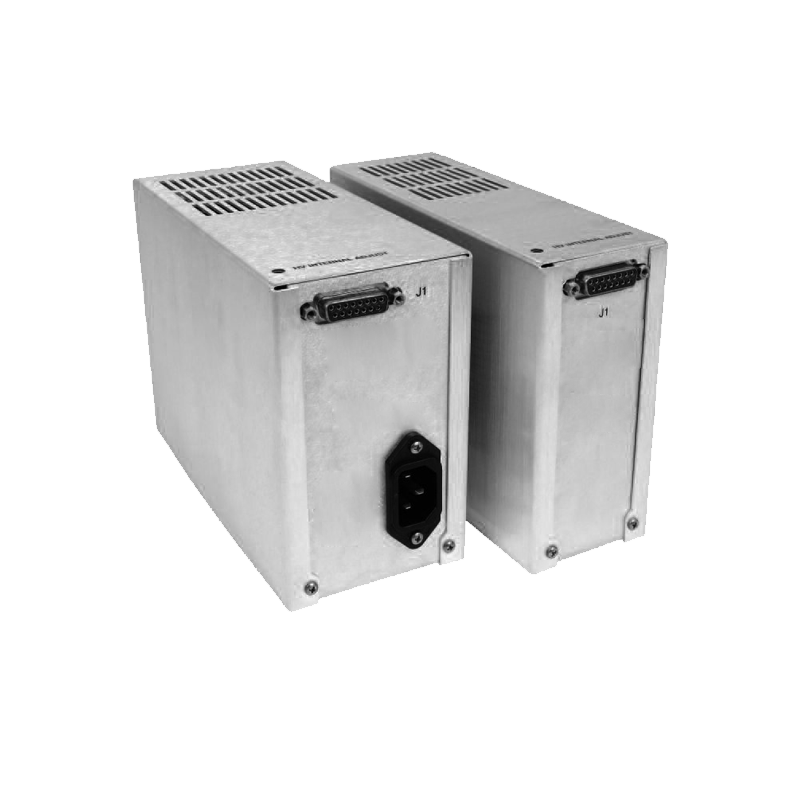Dynamic Range Expansion and Contrast Enhancement in X-Ray Machine High Voltage Power Supplies
In X-ray imaging systems, the dynamic range and contrast of the output image are directly influenced by the voltage and current behavior of the high voltage power supply driving the X-ray tube. Traditional fixed-voltage exposure leads to suboptimal imaging of regions with varying densities. Modern high voltage supplies overcome this by dynamically adjusting the tube voltage and current in real-time based on the target material characteristics or feedback from the detector.
Dynamic range expansion is achieved through programmable voltage modulation. The control system generates adaptive voltage waveforms that vary with object thickness or composition. This ensures low-density areas receive lower voltage exposures for higher sensitivity, while denser regions are penetrated with higher voltages to preserve detail.
Contrast enhancement involves pulse width and amplitude modulation techniques. Multi-energy imaging captures multiple exposures at different voltage levels within milliseconds. These are later combined using image fusion algorithms to enhance fine structural differences.
Low ripple and high voltage stability are essential to prevent banding artifacts and ensure smooth grayscale gradients. To achieve this, active ripple compensation circuits and digital voltage servo loops are employed. Output voltage stability is typically maintained within ±0.01%, and current regulation within ±0.1%, providing consistent photon flux.
Furthermore, real-time feedback from the image detector can be used to dynamically tune the power supply output, optimizing contrast adaptively during scanning. This integration of high-speed feedback, precision voltage modulation, and intelligent control significantly extends the imaging dynamic range and enhances contrast resolution, supporting high-definition diagnostics and industrial inspection imaging.




















